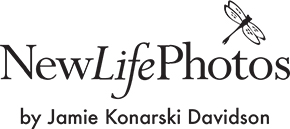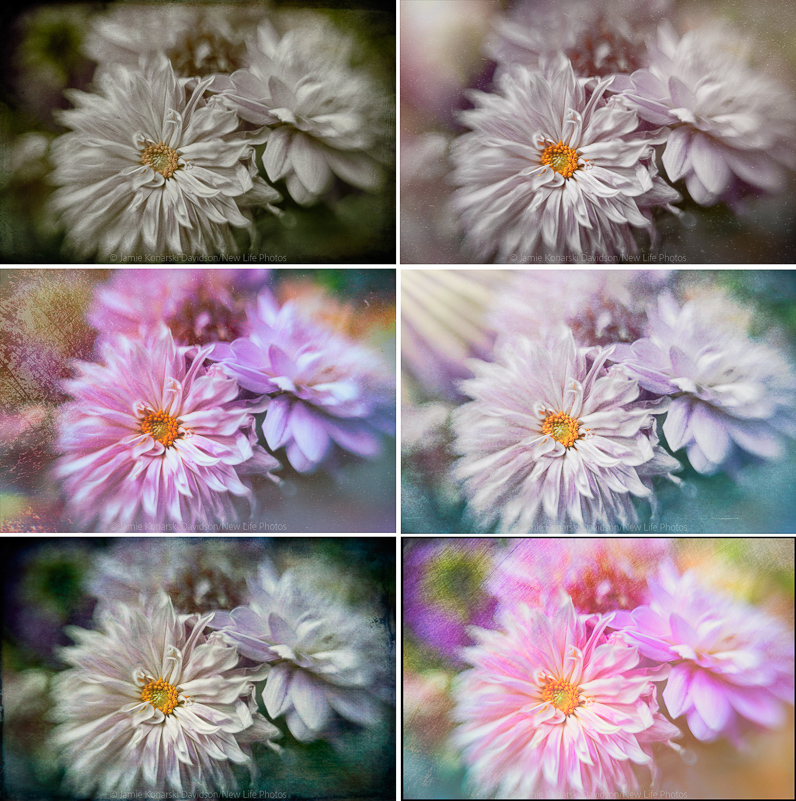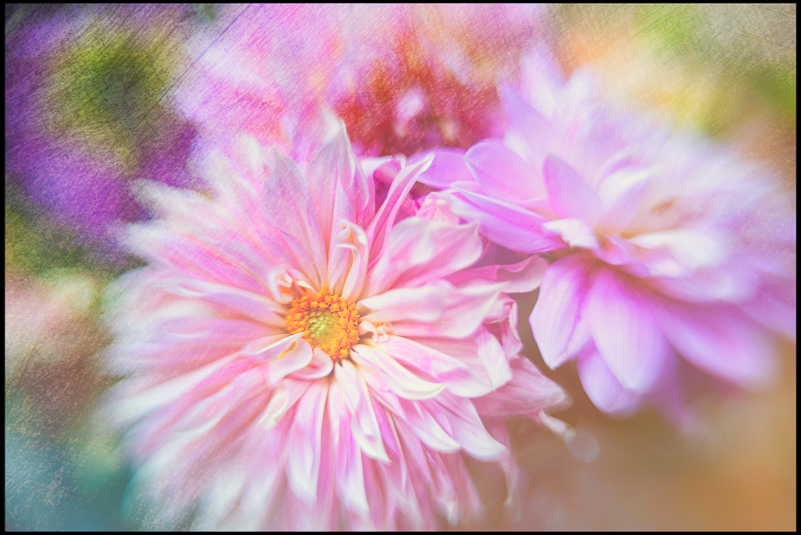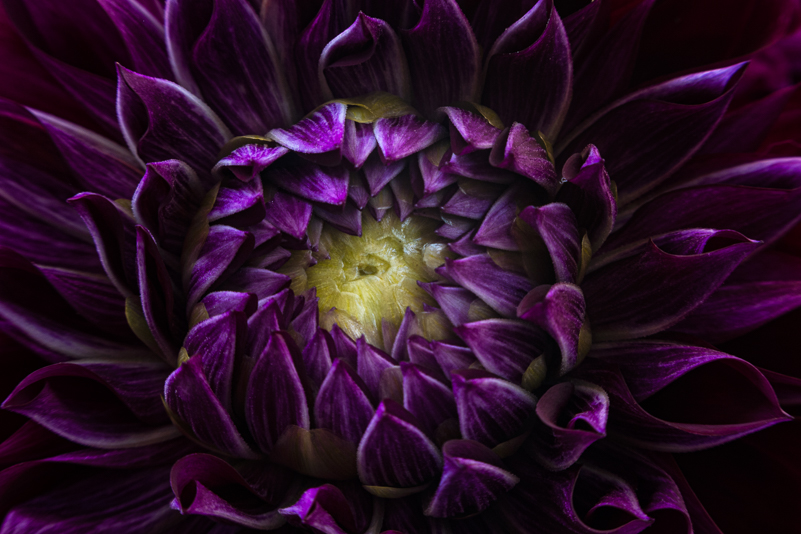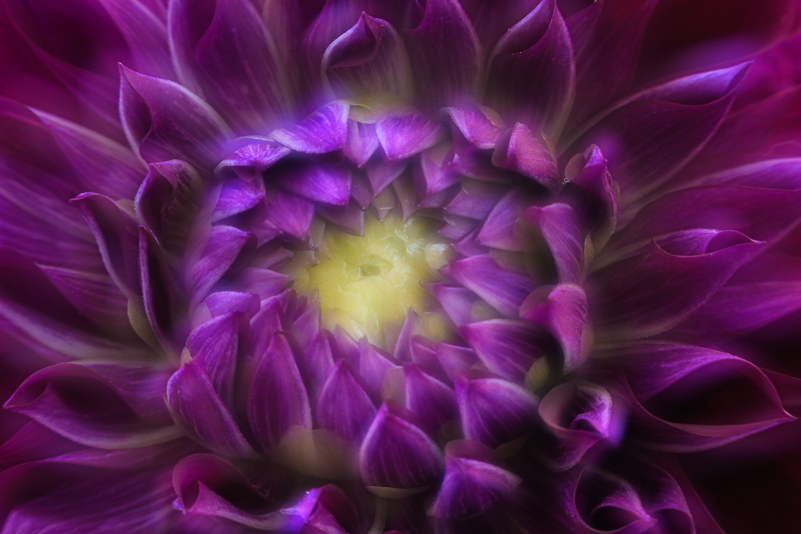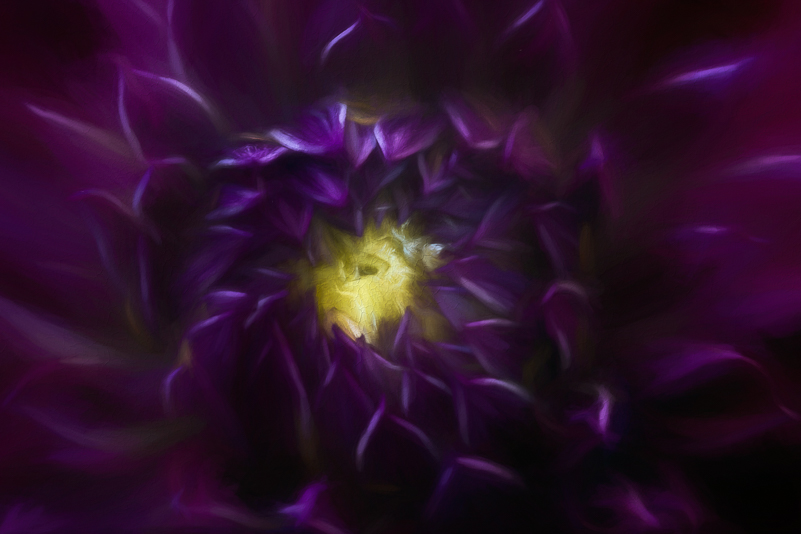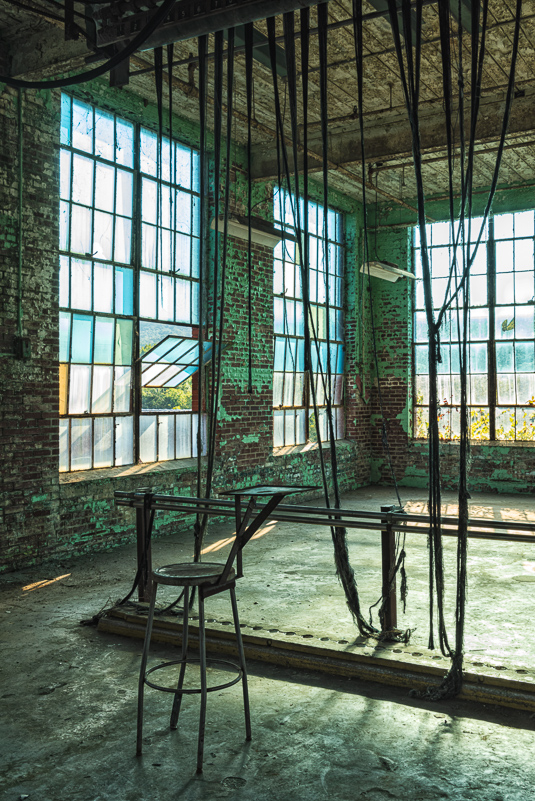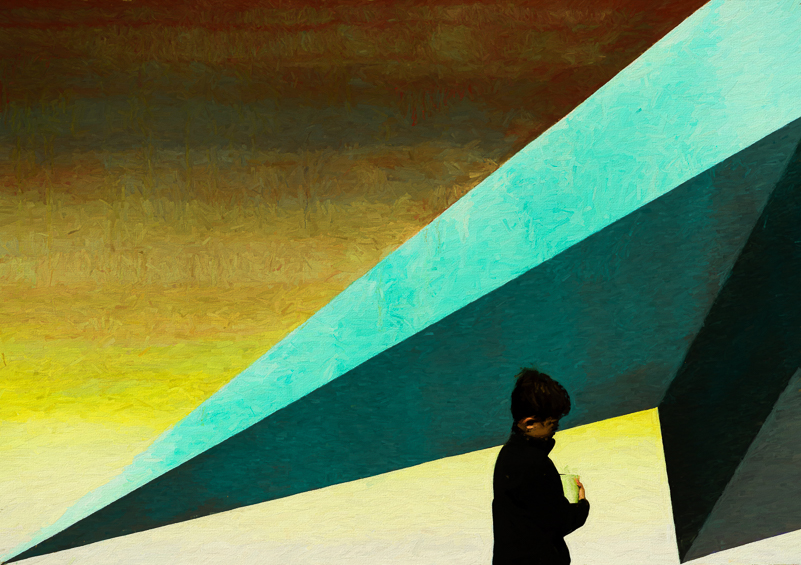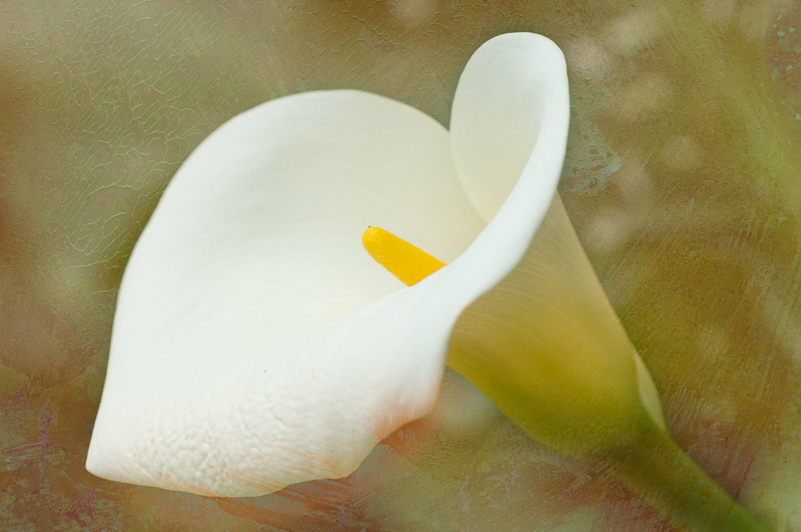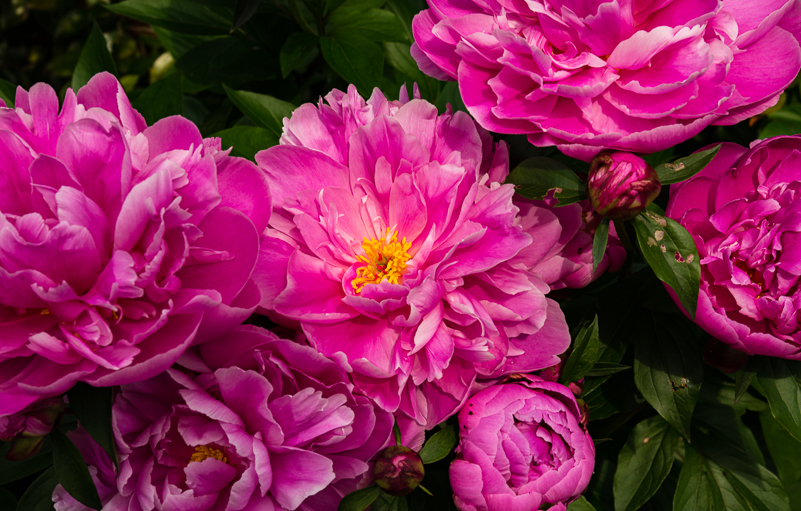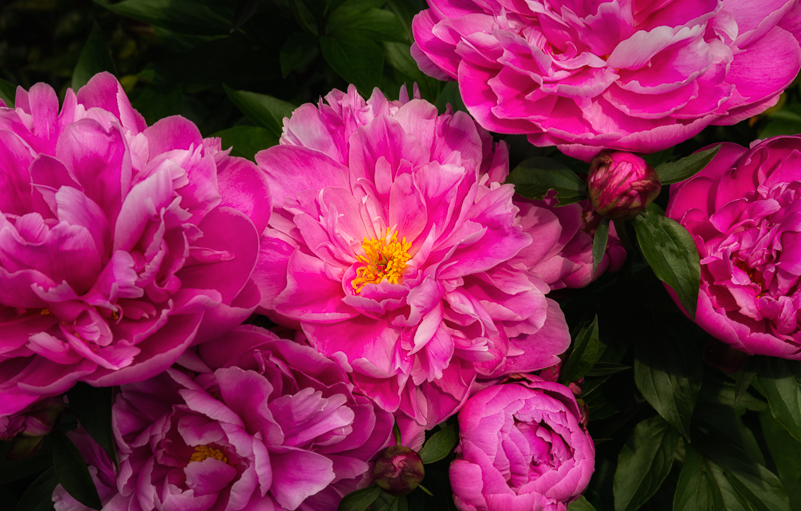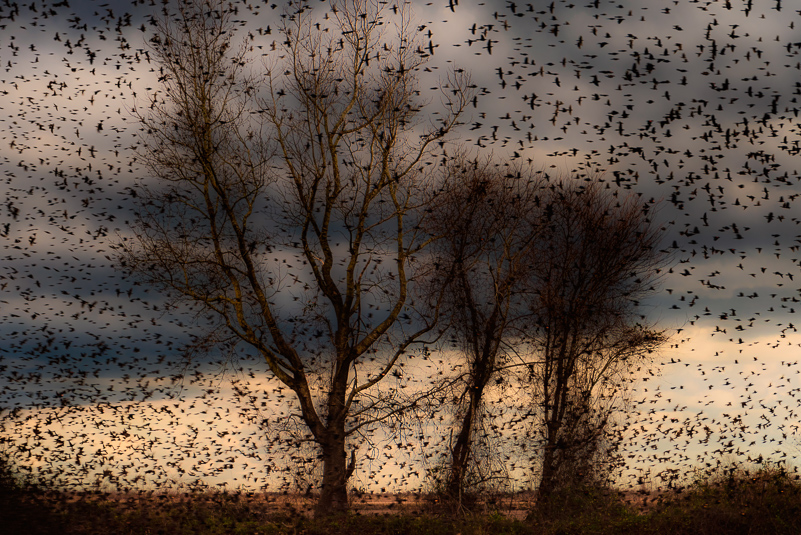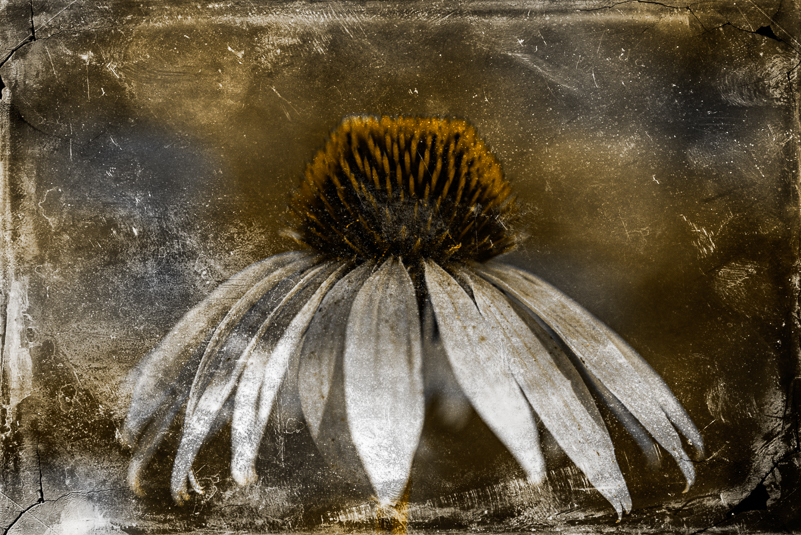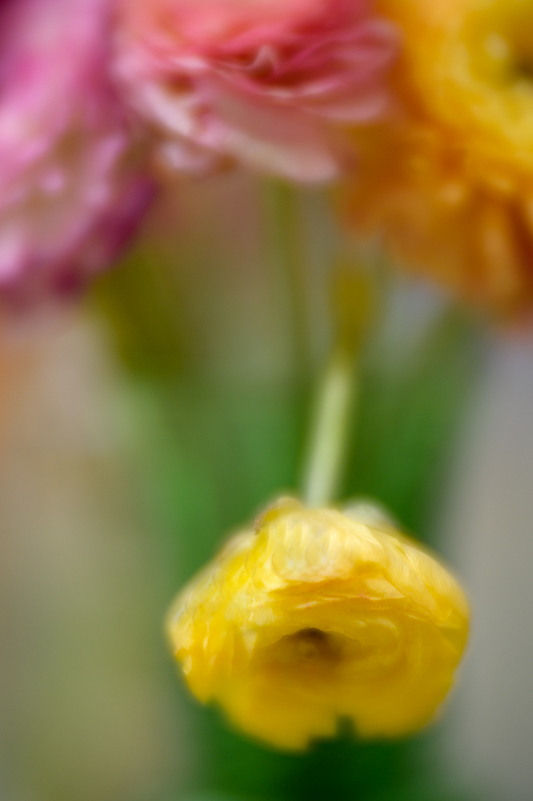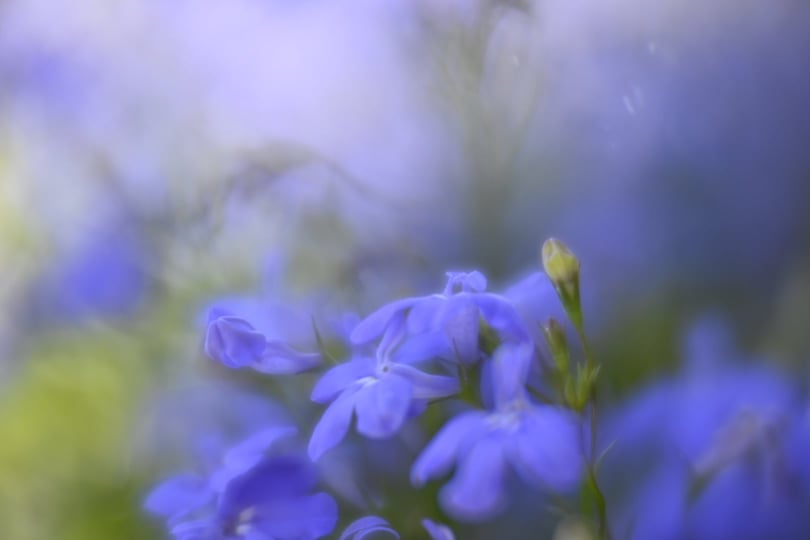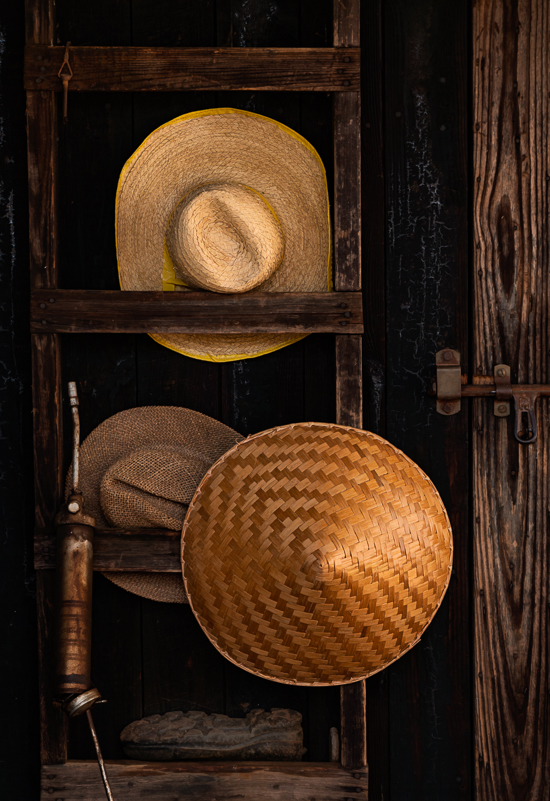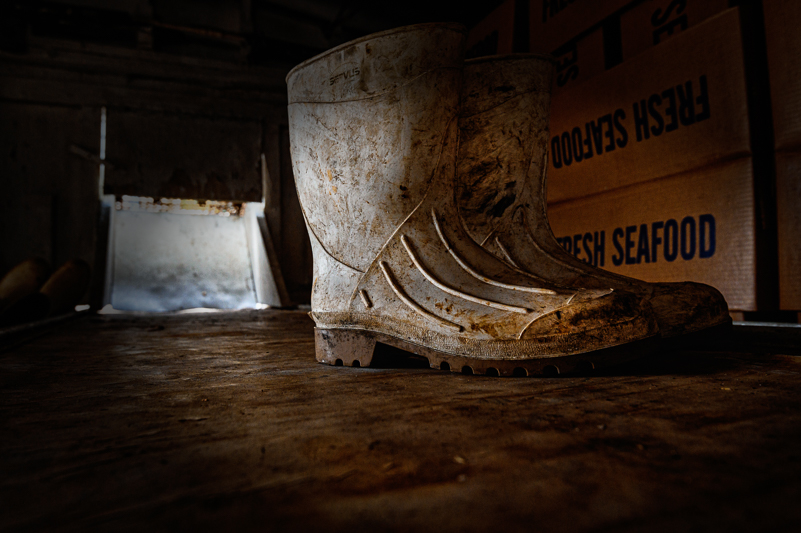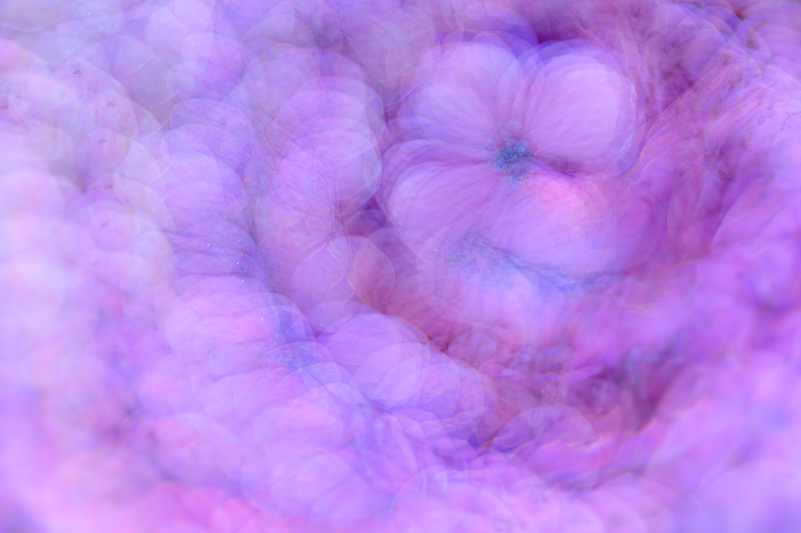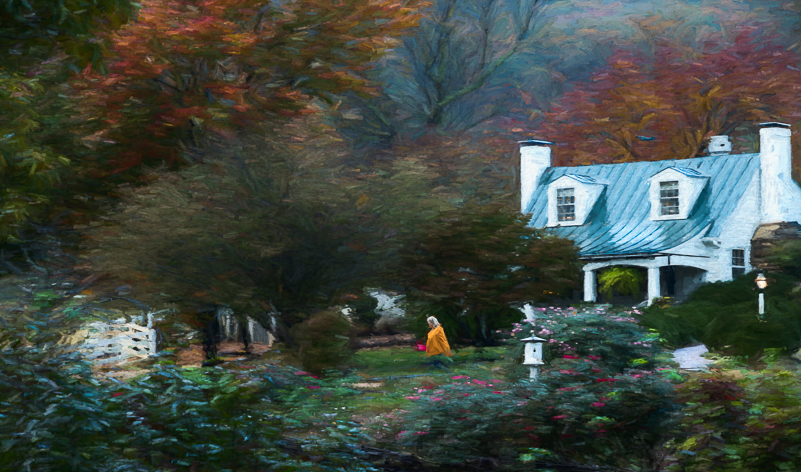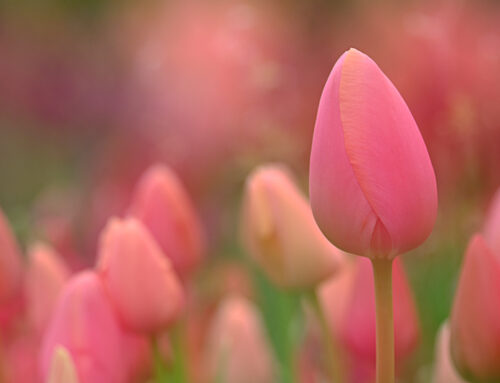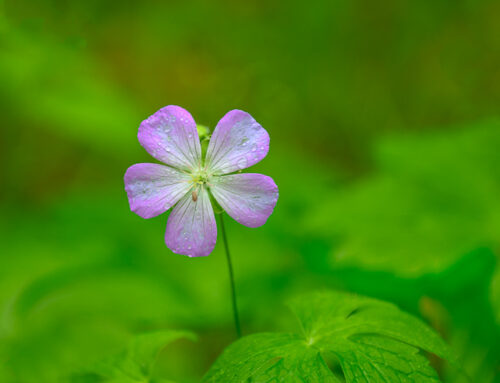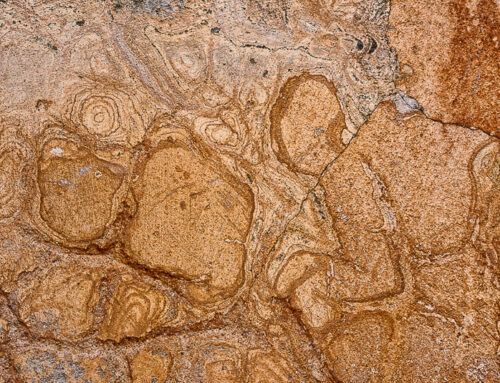Shoot what you love. Edit how you feel.
–Jamie Konarski Davidson
Before I dig in, I thought that giving context to “trust the process” would be helpful. Here’s what I found that speaks best to what I’m meaning.
When you trust the process at the right time, you’ll get where you intend to go without rushing or pressuring yourself. It can take you to places you never imagined, and it comes down to patience, trust and faith. It means that even if things may look bad in your current path, it’s not your final destination. (From minimalismmadesimple.com)
PART ONE OF THE PROCESS – THE MAKING
Here we go. When I began my journey I photographed primarily nature – which encompasses a wide range of subjects. I didn’t really have a sense of what truly “tripped my trigger.” I learned that the birds didn’t like me and that they knew exactly how long my lens was and made sure they were at least 100mm further away than my lens could reach. They guaranteed that my bird images were not so good … at all; and, if they were, I had gotten lucky. That’s not exactly true, really. In fact, when I finally got a lens that made it possible to be successful at bird photography, I used it three times in a year and a half. I ended up selling it to a hardcore bird photographer.
I photographed many different subjects, including landscapes from the “sort of” grand to smaller stories down to the intimate scenes. I discovered a love for the rural landscape as well as everything connected to it. That means farms, crops, barns, old fences covered with wildflowers, rusty tractors and other tools. Oh, and cows. Yup, cows. Who can resist a cow or making that long moooooo sound to get their attention? Even when not photographing, I am “that person.” Cows are big and often smelly, but also cute and very curious. Get one cow’s attention, you have the whole herd.
And then, in a field of wildflowers, I was awakened to the macro world – not just flowers, either, but everything connected with them. I discovered grasshoppers, spiders and webs, butterflies, frogs, praying mantids, leaves and tree bark and all the tiny details that make up our natural world’s tapestry. The possibilities are endless. At that time, I was shooting film. I had a lot to learn, but was hooked. My range of subjects and tools and techniques has expanded greatly over the years.
LEARN WHAT YOU NEED TO KNOW TO GROW
For about ten years I shot slides and wasn’t very skilled in editing (or scanning). I made much greater efforts at learning and executing the technical aspects of my photography than making the connections that would ultimately change the spirit of my images. You see, as a new photographer, a large part of my attention was focused on the “getting it right” zone. And, while it is, no doubt, important to be technically adept, I thankfully learned that If I connected with my subjects and found the balance between technical and creative, my images are stronger and more meaningful. They edged their way from being solid documentary statements to personal expressions of what I was drawn to. They spoke to how I interpreted the world I saw and experienced.
My photography evolved as I learned what I needed to know. I learned what I needed to know about my camera, exposure and composition. A better understanding of the fundamentals gave me more confidence. Connecting with other photographers whose work leaned strongly toward or deeper into the artistic side gave me the “courage” to do me. That said, the two greatest influencers in that vein for me were Nancy Rotenberg and Freeman Patterson. No doubt, there were plenty of others who taught and encouraged me, directly and indirectly, but those two pointed me in the direction of being open and willing to look, find, express and own my own vision – not theirs or anyone else’s. It took a while for me to immersively leap into that pool, but once I did there was no turning back. I found myself, my passion and an ever-evolving direction.
What I learned is that as long as I’m true to myself, yet always open to learning from others, the growth continues. Even more than that, I photograph for me first. I am my first and most important audience. (You are yours.) I don’t shoot with competitions or judges or approval in mind. Photography is my soul feeder, my therapy, my place of rest, peace, excitement and wonder. Everything else is secondary in that area of my life.
It takes time to get to this place. In fact, for a long time I found it hard to say, “I am a photographer.” I didn’t feel I knew enough or was good enough to claim that title. So, I said that I love taking pictures. True enough, but not exactly accurate. Today, I go a step further and can say, “I am a photographer and visual artist. Truth? I never had being a professional photographer on my radar. I didn’t see myself teaching or giving presentations or sharing my work. I didn’t see being a part of art exhibits or shows, either. Really, I just wanted to be a better photographer. That’s it. On top of that, I was absolutely petrified of public speaking. I had no desire to open myself up to that experience, risk or exposure. Yet, little by little, image by image, influencer by influencer, the well of creativity and confidence began to fill, and the leaping began. And, now, here I am, writing and sharing and speaking and so much more. Something to be said for “trusting the process.”
PART TWO OF THE PROCESS – THE BAKING
When I was shooting film (slides, especially) and focusing more on outdoor photography than family, I did print my work. There was a big learning curve for me in doing the scanning, editing and printing. I got it, eventually, and developed a comfort level that worked for me. I learned what I needed to learn in order to do this. I got my first digital camera in 2005. Quickly, thankfully, and mostly, I made up my mind to retain the “get it right in the field” attitude and refused to adopt the “it’s just pixels” perspective. It mattered and made a difference – it still does.
Having this mindset doesn’t mean that all my images were or are successful (relative to my goals). What it means is that I think about things before I get busy shooting. I have ideas, and I’m open to new ones. I have seen the results (or consequences) of the “willy nilly” approach. It doesn’t work for me, or for many others. I’ve heard, “I’ll crop it later” or “I’ll fix it in Photoshop” when it was entirely possible to do both in the field, in the moment. I have sent my students back to subjects with instructions to dig deeper and capture their vision in camera. I’ve also sent myself back a few times.
For me, Part Two of The Process is in the editing of our images. It’s where we get to express ourselves and our subjects. Here’s what I know: We don’t need to become experts in all of it. We don’t need to be Photoshop, Lightroom, Nik, Topaz or any other software “gurus.” We DO need to learn what we need to learn to use the tools to get where we want to go, to get to where the image looks and feels the way we want it to. Something I have found most helpful is to get a handle on the basics, and then, add to my toolbox a little at a time. I use Photoshop primarily, and it works for me. I also use Nik and Topaz and work with textures. These tools work for me, and every year I have a few more tools or techniques on my list to learn. It helps me learn and grow and is not overwhelming.
EDIT HOW YOU “REALLY” FEEL
Matching the tools to your vision (and learning them) is a key element in making certain that your images express what you want to say – first, to yourself, then to others. In honoring YOUR vision to the end, you will be much happier and more authentic. People might even be able to “read” you and your emotions if you do.
When I am in the field photographing anything, emotions and experiences are naturally attached to the images I bring home. As a new photographer, I never thought it could be possible to recall those things, but it is. The more plugged in you are to the experience, the easier it becomes to tap into more. So, how on earth do we translate those feelings and responses in the editing process? We start slow. We think about where we want to go. We learn the fundamentals, the tools most important to know, and we add new lessons and tools to get us where we want or need to go creatively, beyond the technical. And when we sit down to edit an image, we need to plug in and engage – not worry about who else will or will not like where we end up with the image.
Remember? It’s YOU first. It’s ME first. So, I often ask myself what I want in an image. Sometimes, it’s very simple and clear. Other times, not so much. And, even more times, I sit down and play, experiment and wonder. Often, I’m surprised. Rarely do I ditch everything and start all over. I think this is because I’ve learned to “go with the flow.” It definitely takes a bit of deliberate practice to find and go with the flow (especially for a planner), but it’s possible and it works.
HOW I WAS FEELING IN THE PROCESS OF EDITING
The images I’m sharing in this blog each have their own stories – stemming from what I chose to photograph, how I felt at those moments of capture to how I chose to edit and how I felt at that time. The feelings are not always the same, especially when I do a random pull from the archives. You will see this as you read the captions.
Typically, there is a stretch of time between when I make an image and when I process. This gives me some emotional distance from the images and the experiences so I can be a better “editor” and not let emotional attachments drive a selection. It’s also part of being busy and putting “Part Two” of, waiting for times when my head is less focused on the “to do” list. It doesn’t matter when I sit down with an image. What matters more to me is that I am engaged in the process, that I trust my vision and move in that direction without a thought as to what anyone else would ever think. (I’ve heard far too many stories of photographers not doing any number of things because “so and so” won’t like it. In fact, one woman was considering quitting photography because people in her club didn’t like what she did. (She kept her camera.) By now, you’ve got to have an idea of what I think of “so and so.”) Words to the Wise: Learn from everyone, but listen to yourself when deciding what and how you want to photograph and edit your images. It’s your art.
To get to this mindset takes time and conscious efforts. It’s doesn’t have a 100% success rate or goal. We all waver and have doubts, and we sometimes wonder all the wrong things. When we do, we need to double back, sit down and reflect. Look at how far we’ve come, and measure our success by our own goals. It’s natural to want and enjoy “approval.” It’s more helpful and productive to our growth not to depend on it or define ourselves (positively or negatively) by what others think. Finding a few mentors who will be honest and encouraging will help (not family or friends who, of course, love everything you do). Learning what you need to know will help. Connecting with other photographers will help. Reading books, viewing other photographers’ and artists’ work will help. Taking courses in photography, art and editing will help. Everything you can add to the knowledge, experience and connection wells will help.
I pulled this image from the archives on a day when I was in a terrible frame of mind. My goal when I sat down was to make something beautiful look ugly. For me, I failed. Much as I tried, I surprised myself and really like this interpretation. Still, I remember how I felt and what I attempted to do.
In the spring of 2020 I sat alone on my back patio with these flowers. I was not in a good place. I was feeling pretty low and connected with the low-hanging yellow ranunculus. I said, “That’s me.” When I sat down to process the image later that afternoon, I decided not to give in to the lows and to work the image with “making the lemonade” in mind. Adding a texture that FELT good and right, and making some other refinements, was the answer. Shifts in perspective and attitude make all the difference.
On its own, this “before” image is what it is. In my moments of creating it, and my emotional state of mind at that time, I could see the roots of beauty and hope. The “after” image reflects so much more for me personally. If I never shared its story, one would never know of the terrible low from which it sprang.
AN EXERCISE CHALLENGE (FOR YOU & FOR ME)
As I was writing this, an interesting exercise (one I have not yet tried) came to mind. Here it is: Select one of your favorite images and process it in the moment. Save the original and the result with unique names. Then, later, without referring to your first edited result, go back to the original and process it again. Your skills and your mindset (or headspace) will be different. Don’t look back. See what happens. Save that result, and let it rest. Keep going with it. Challenge yourself to edit that image in the moment for how you are feeling as you sit down with it.
You could make it an annual exercise, approaching the original image with a fresh and open mind. Or maybe, instead of once a year, do it on a seasonal or monthly basis for a designated stretch of time. At the end of that period, go back and look at the images in a timeline. I bet you will see changes that go deeper than an editing tool.
The constant (and rule) in this exercise is that we always start fresh. We cannot revisit other versions until the end of the term. I hadn’t thought of this challenge before, but for me “challenge accepted.” The tough part will be selecting that starting image … and not peeking at prior versions. Tough, but I (and we) can do this. Go!
SOME FINAL WORDS OF WISDOM & ENCOURAGEMENT
You don’t need to be or even want to be a professional photographer. Having a desire to learn, improve and be a better photographer is enough. How do I know? Because all of these things are what I’ve done and still do. Remember, I began this journey as a pretty awful photographer with no technical skills. I was awful because I saw beautiful things but didn’t know what I needed to know to capture them. All I had in my favor was a camera and two lenses and a desire to learn and to be a better photographer. Don’t forget that I was petrified (yes, petrified) of public speaking. I had not one ounce of desire to teach or speak or present to anyone. I just wanted to be a better photographer.
Along the way, I discovered a passion, a soul feeder and a desire to share and encourage. Not on my radar, ever, but in trusting the process of adding to the well of knowledge, I became what I am today. What I will be down the road is yet to be seen, and that’s exciting.
Keep these thoughts in mind as you wander on your own journey. You do YOU. It’s YOU first, for all of your own reasons. Leap as you’re led. Trust the process. As you do, you will grow and learn and become whatever you become.
I looked back a the “before” image. You don’t need to see it. It wasn’t very sharp as I made it at 1/20 second – too slow. Still, I loved it. My friend, Foxie, with a basket of fresh eggs making her way to us with breakfast on a damp, misty morning. This expresses the moment for me and makes an imperfect “capture” artful and beautiful.
